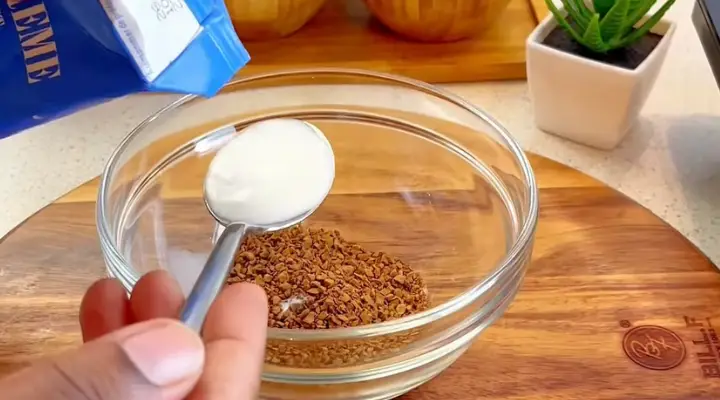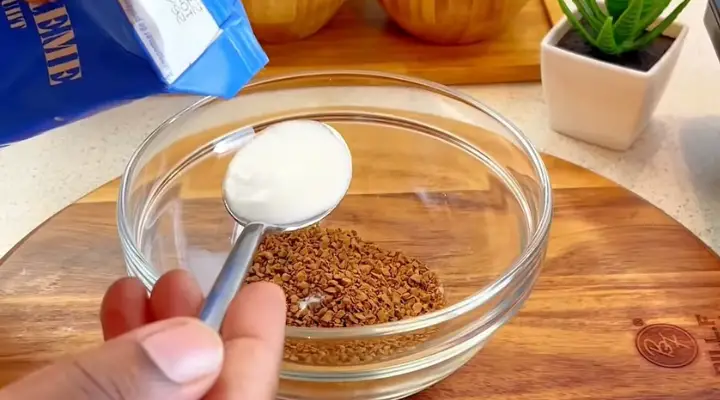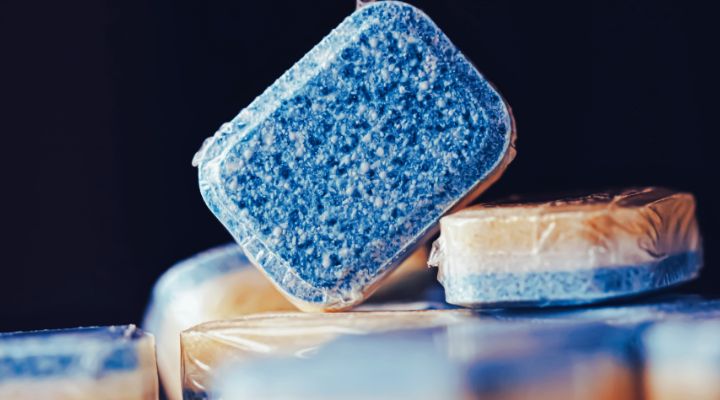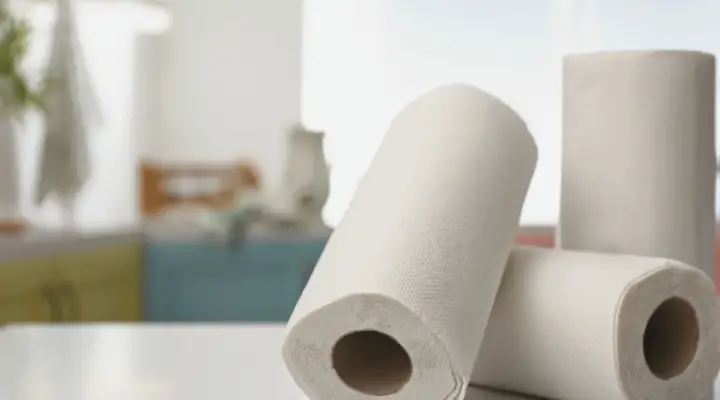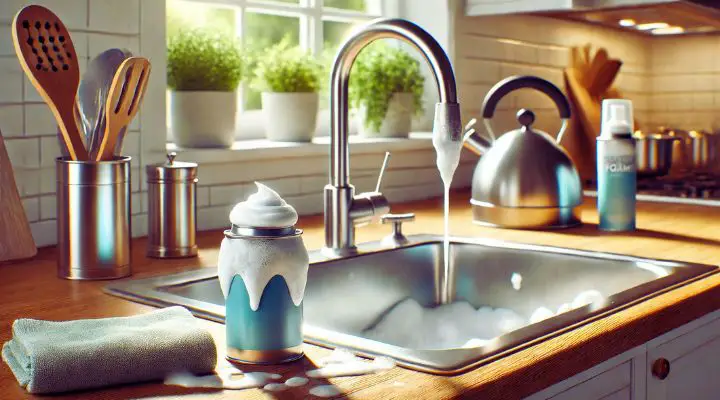Health care: it’s a topic that touches every single one of us, regardless of age, background, or where we live. Have you ever stopped to think about how dramatically our understanding and access to health care has evolved over the centuries? From ancient herbal remedies to cutting-edge gene therapy, the journey has been nothing short of remarkable.
The concept of caring for the sick and injured is as old as humanity itself. Different cultures throughout history have developed unique approaches to healing, often intertwined with spiritual beliefs and natural resources. Think of the ancient Egyptians with their sophisticated understanding of anatomy, or the traditional Chinese medicine practices that continue to thrive today. These historical approaches laid the foundation for the modern health care systems we rely on.
But why is health care so vital? Simply put, it’s about living a longer, healthier, and more fulfilling life. It’s about having the ability to work, play, and connect with loved ones without being held back by illness or injury. It’s about preventing diseases before they take hold, managing chronic conditions effectively, and having access to the best possible treatments when we need them most. I believe that access to quality health care is a fundamental human right, and understanding the complexities of the system is crucial for advocating for ourselves and our communities. In this article, we’ll delve into various aspects of health care, exploring everything from preventative measures to the latest advancements in medical technology, all with the goal of empowering you to take control of your well-being.
Wrinkle Reduction Guide for the Ageless You (60+)
Hey there! Turning 60 is a fantastic milestone, and it’s totally natural to want to feel confident and radiant in your skin. Wrinkles are a part of life, but if you’re looking to soften their appearance and boost your skin’s overall health, you’ve come to the right place. This guide is designed to provide you with a comprehensive, step-by-step approach to wrinkle reduction, tailored specifically for mature skin. Let’s dive in!
Understanding Wrinkles and Mature Skin
Before we jump into the solutions, it’s helpful to understand why wrinkles form and how mature skin differs from younger skin. As we age, our skin produces less collagen and elastin, the proteins that keep it firm and elastic. This leads to:
* Thinner skin: Mature skin is naturally thinner and more delicate.
* Reduced moisture retention: It becomes harder for the skin to hold onto moisture, leading to dryness.
* Slower cell turnover: The rate at which old skin cells are replaced with new ones slows down, resulting in a duller complexion.
* Increased sun damage: Years of sun exposure accumulate, causing further damage to collagen and elastin.
Knowing these factors helps us choose the right strategies for wrinkle reduction.
A Multi-Pronged Approach: Your Wrinkle Reduction Toolkit
To effectively tackle wrinkles, we’ll use a combination of strategies. Think of it as a toolkit with different tools for different jobs. Here’s what our toolkit includes:
* Sun Protection: This is non-negotiable! Protecting your skin from further sun damage is the most crucial step.
* Topical Treatments: Creams, serums, and lotions containing specific ingredients can help stimulate collagen production, hydrate the skin, and reduce the appearance of wrinkles.
* Professional Treatments: Procedures like chemical peels, microdermabrasion, and laser resurfacing can provide more dramatic results.
* Lifestyle Adjustments: Diet, hydration, and sleep play a significant role in skin health.
Phase 1: Building a Solid Foundation – Sun Protection and Hydration
This phase focuses on the essentials: protecting your skin from further damage and ensuring it’s properly hydrated.
Step 1: Sunscreen, Sunscreen, Sunscreen!
1. Choose a broad-spectrum sunscreen: Look for a sunscreen that protects against both UVA and UVB rays.
2. Opt for SPF 30 or higher: This provides adequate protection for daily use.
3. Apply liberally: Use about a shot glass full (approximately 1 ounce) for your entire body and a nickel-sized amount for your face.
4. Apply 15-30 minutes before sun exposure: This allows the sunscreen to bind to your skin.
5. Reapply every two hours: Or more frequently if you’re sweating or swimming.
6. Don’t forget often-missed areas: Ears, neck, back of hands, and tops of feet.
7. Consider a tinted sunscreen: These often contain iron oxides, which can provide additional protection against visible light, which can also contribute to aging.
Step 2: Hydrate Inside and Out
1. Drink plenty of water: Aim for at least eight glasses of water a day. Staying hydrated helps keep your skin plump and supple.
2. Use a hydrating moisturizer: Look for ingredients like hyaluronic acid, glycerin, and ceramides. These ingredients help attract and retain moisture in the skin.
3. Apply moisturizer twice a day: Once in the morning and once at night, after cleansing.
4. Consider a humidifier: Especially during dry months, a humidifier can help add moisture to the air and prevent your skin from drying out.
5. Avoid harsh soaps and cleansers: These can strip your skin of its natural oils, leading to dryness. Opt for gentle, hydrating cleansers instead.
Phase 2: Topical Treatments – The Power of Creams and Serums
Now, let’s explore the world of topical treatments. These products can make a noticeable difference in the appearance of wrinkles over time.
Step 1: Retinoids (Vitamin A Derivatives)
1. Start with a low concentration: Retinoids can be irritating, especially for sensitive skin. Begin with a low concentration (e.g., 0.01% retinol) and gradually increase as tolerated.
2. Apply at night: Retinoids can make your skin more sensitive to the sun, so it’s best to apply them at night.
3. Use a pea-sized amount: This is enough to cover your entire face.
4. Apply to dry skin: Wait 20-30 minutes after cleansing before applying a retinoid. This helps minimize irritation.
5. Start slowly: Use it only a few times a week at first, gradually increasing to nightly use as tolerated.
6. Expect some initial irritation: Redness, dryness, and peeling are common side effects when starting retinoids. This usually subsides within a few weeks.
7. Always use sunscreen: Retinoids make your skin more sensitive to the sun, so sunscreen is essential.
8. Consider prescription retinoids: If over-the-counter retinols aren’t giving you the results you want, talk to your dermatologist about prescription-strength retinoids like tretinoin.
Step 2: Peptides
1. Look for products with multiple peptides: Different peptides have different functions, so a combination of peptides can be more effective.
2. Apply after cleansing and before moisturizer: This allows the peptides to penetrate the skin more effectively.
3. Use twice a day: Morning and night for best results.
4. Be patient: It can take several weeks or months to see noticeable results from peptides.
Step 3: Antioxidants (Vitamin C, Vitamin E, Green Tea Extract)
1. Choose a Vitamin C serum with L-ascorbic acid: This is the most potent form of Vitamin C.
2. Look for a concentration of 10-20%: This is generally considered to be the most effective range.
3. Apply in the morning: Vitamin C can help protect your skin from sun damage throughout the day.
4. Store in a dark, airtight container: Vitamin C is sensitive to light and air, so proper storage is essential.
5. Consider combining with Vitamin E: Vitamin E can help stabilize Vitamin C and enhance its antioxidant effects.
6. Green tea extract: Look for this ingredient in serums or moisturizers. It’s a powerful antioxidant that can help protect against free radical damage.
Step 4: Alpha Hydroxy Acids (AHAs) and Beta Hydroxy Acids (BHAs)
1. Start with a low concentration: AHAs and BHAs can be irritating, especially for sensitive skin.
2. Apply at night: AHAs and BHAs can make your skin more sensitive to the sun, so it’s best to apply them at night.
3. Use a cotton pad to apply: This helps ensure even distribution.
4. Avoid the eye area: AHAs and BHAs can be irritating to the delicate skin around the eyes.
5. Start slowly: Use it only a few times a week at first, gradually increasing to nightly use as tolerated.
6. Always use sunscreen: AHAs and BHAs make your skin more sensitive to the sun, so sunscreen is essential.
7. AHAs (Glycolic Acid, Lactic Acid): These are best for dry skin and can help exfoliate the surface of the skin, revealing brighter, smoother skin.
8. BHAs (Salicylic Acid): This is best for oily or acne-prone skin and can help unclog pores.
Phase 3: Professional Treatments – When You Want a Boost
If you’re looking for more dramatic results, professional treatments can be a great option. These procedures are typically performed by a dermatologist or licensed aesthetician.
Step 1: Consultation with a Professional
1. Schedule a consultation: This is the most important step. A dermatologist or aesthetician can assess your skin and recommend the best treatment options for your specific needs and concerns.
2. Discuss your goals: Be clear about what you hope to achieve with the treatment.
3. Ask about the risks and benefits: Understand the potential side effects and the expected results.
4. Inquire about the cost: Professional treatments can be expensive, so it’s important to know the cost upfront.
Step 2: Common Professional Treatment Options
1. Chemical Peels: These involve applying a chemical solution to the skin to exfoliate the outer layers. This can help reduce the appearance of wrinkles, fine lines, and age spots.
2. Microdermabrasion
Conclusion
Navigating the landscape of aging and seeking effective solutions for wrinkle reduction at 60 can feel overwhelming, but it doesn’t have to be. The journey towards smoother, more radiant skin is not about chasing an unattainable ideal of youth, but rather about embracing a healthy, confident version of yourself at every stage of life. The methods discussed offer a spectrum of options, from gentle topical treatments to more advanced clinical procedures, each with its own set of benefits and considerations.
The key takeaway is that **wrinkle reduction for 60 year olds** is absolutely achievable. It’s a must-try because it’s about more than just aesthetics; it’s about self-care, boosting confidence, and feeling good in your own skin. When you feel good about yourself, it radiates outwards, impacting your overall well-being and quality of life. Ignoring the visible signs of aging can sometimes lead to a feeling of neglect, while actively addressing them can be empowering and revitalizing.
Consider these suggestions and variations to personalize your approach:
* **Start with the basics:** Before jumping into expensive treatments, ensure you have a solid skincare foundation. This includes daily sunscreen application (SPF 30 or higher), gentle cleansing, and a hydrating moisturizer. Retinoids, even in lower concentrations, can be beneficial for stimulating collagen production.
* **Explore natural alternatives:** If you’re hesitant about clinical procedures, explore natural remedies like facial massage, acupuncture, or incorporating antioxidant-rich foods into your diet. While these may not provide dramatic results, they can contribute to overall skin health and a subtle reduction in fine lines.
* **Combine treatments:** For optimal results, consider combining different approaches. For example, you might use a retinol cream at night and schedule regular microdermabrasion sessions. Consult with a dermatologist to create a personalized plan that addresses your specific concerns and skin type.
* **Consider your lifestyle:** Factors like smoking, excessive sun exposure, and poor diet can accelerate aging. Making positive lifestyle changes can significantly impact the effectiveness of any wrinkle reduction treatment.
* Don’t be afraid to seek professional advice. A board-certified dermatologist can assess your skin, discuss your goals, and recommend the most appropriate treatment options. They can also help you manage any potential side effects.
We encourage you to embark on this journey with realistic expectations and a focus on self-care. Remember that results vary from person to person, and consistency is key. The most important thing is to find a routine that you enjoy and that makes you feel good about yourself.
We would love to hear about your experiences! Share your stories, tips, and insights in the comments below. What wrinkle reduction methods have worked for you? What challenges have you faced? Your feedback can help others navigate this process and make informed decisions. Let’s create a supportive community where we can learn from each other and celebrate the beauty of aging gracefully.
Frequently Asked Questions (FAQ)
Q: Is wrinkle reduction even possible at 60?
A: Absolutely! While the skin’s natural collagen production slows down with age, various treatments and lifestyle changes can significantly reduce the appearance of wrinkles. It’s important to have realistic expectations and understand that results may vary, but noticeable improvements are definitely achievable. The key is to find the right approach for your skin type and concerns.
Q: What are the most effective wrinkle reduction treatments for someone in their 60s?
A: The most effective treatments depend on the severity of your wrinkles, your skin type, and your personal preferences. Some popular and effective options include:
* **Topical retinoids:** These vitamin A derivatives stimulate collagen production and can reduce fine lines and wrinkles. Start with a low concentration and gradually increase it as tolerated.
* **Chemical peels:** These treatments exfoliate the skin, removing damaged outer layers and revealing smoother, younger-looking skin.
* **Microdermabrasion:** This non-invasive procedure uses tiny crystals to exfoliate the skin, improving texture and reducing the appearance of fine lines.
* **Laser resurfacing:** This more aggressive treatment uses lasers to remove damaged skin layers and stimulate collagen production.
* **Dermal fillers:** These injectables can plump up wrinkles and restore volume to the face.
* **Botulinum toxin injections (e.g., Botox):** These injections relax the muscles that cause wrinkles, such as frown lines and crow’s feet.
A consultation with a dermatologist is crucial to determine the best treatment plan for you.
Q: Are there any natural ways to reduce wrinkles at 60?
A: Yes, several natural remedies can help improve skin health and reduce the appearance of wrinkles:
* **Sunscreen:** Daily sunscreen use is essential to protect your skin from further damage.
* **Hydration:** Drinking plenty of water keeps your skin hydrated and plump.
* **Healthy diet:** Eating a diet rich in fruits, vegetables, and antioxidants can nourish your skin from the inside out.
* **Facial massage:** Regular facial massage can improve circulation and stimulate collagen production.
* **Adequate sleep:** Getting enough sleep allows your skin to repair itself.
* **Antioxidant serums:** Serums containing vitamin C, vitamin E, and other antioxidants can protect your skin from free radical damage.
While these natural remedies may not provide dramatic results, they can contribute to overall skin health and a subtle reduction in fine lines.
Q: Are wrinkle reduction treatments safe for older skin?
A: Most wrinkle reduction treatments are generally safe for older skin when performed by a qualified professional. However, older skin may be more sensitive and prone to side effects. It’s important to discuss any concerns with your dermatologist and choose treatments that are appropriate for your skin type and condition. They can also adjust the intensity of the treatment to minimize the risk of complications.
Q: How much does wrinkle reduction cost?
A: The cost of wrinkle reduction varies depending on the type of treatment, the number of sessions required, and the location of the provider. Topical creams and serums are generally the most affordable option, while laser resurfacing and dermal fillers can be more expensive. It’s important to research the costs associated with different treatments and factor them into your budget.
Q: How long does it take to see results from wrinkle reduction treatments?
A: The time it takes to see results varies depending on the treatment. Some treatments, like dermal fillers, provide immediate results, while others, like topical retinoids, may take several weeks or months to show noticeable improvements. Be patient and consistent with your treatment plan, and remember that results may vary from person to person.
Q: What are the potential side effects of wrinkle reduction treatments?
A: Potential side effects vary depending on the treatment. Common side effects include redness, swelling, irritation, and dryness. More serious side effects, such as scarring or infection, are rare but possible. It’s important to discuss the potential side effects with your dermatologist before undergoing any treatment.
Q: How can I find a qualified dermatologist for wrinkle reduction?
A: Look for a board-certified dermatologist with experience in cosmetic procedures. You can ask your primary care physician for a referral or search online directories. Be sure to read reviews and check the dermatologist’s credentials before scheduling a consultation. During the consultation, ask questions about their experience, the treatments they offer, and the potential risks and benefits.
Q: What is the long-term maintenance required after wrinkle reduction treatments?
A: Long-term maintenance is essential to maintain the results of wrinkle reduction treatments. This may include continued use of topical products, regular sunscreen application, and periodic touch-up treatments. Your dermatologist can recommend a maintenance plan that is tailored to your specific needs.
Q: Is wrinkle reduction just about vanity?
A: Not at all! While aesthetics are a factor, wrinkle reduction is often about self-care and boosting confidence. Feeling good about your appearance can positively impact your overall well-being and quality of life. It’s about embracing a healthy, confident version of yourself at every age.

